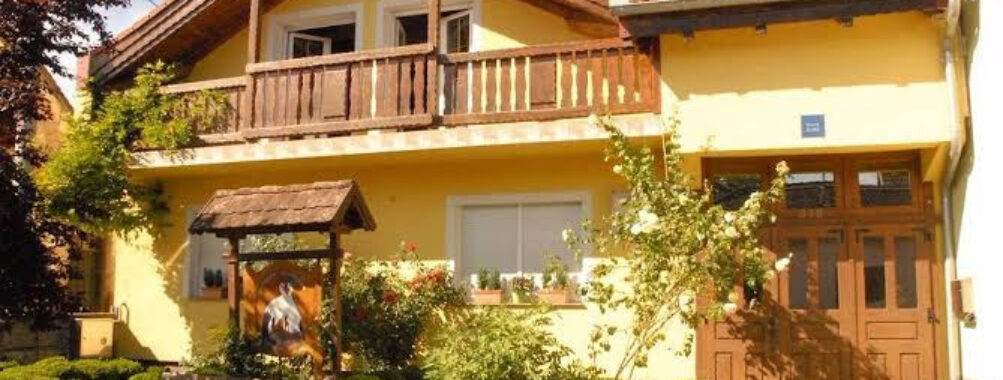
stork nests
Table of Contents
Description
Y’know, there’s something absolutely magical about watching storks build their massive nests atop chimneys, poles, and old buildings. I’ve spent countless hours observing these fascinating birds, and let me tell you – it’s an experience that’ll stick with you forever. These incredible white storks, with their distinctive red beaks and long legs, create some of the largest nests in the bird world. What’s really cool is that these nests can weigh up to a whopping 2,000 pounds and be used for decades!
Key Features
• Natural platforms where storks build their enormous nests, often reaching 6-7 feet in diameter
• Perfect photography spots to capture these majestic birds in their natural habitat
• Educational signage explaining stork behavior and nesting patterns
• Several observation points that don’t disturb the birds
• Integration with local architecture, showing how storks adapt to human settlements
• Multiple generations of storks often return to the same nesting sites
• Surrounding meadows where storks feed on frogs and insects
Best Time to Visit
From my experience tracking these magnificent creatures, the absolute best time to see stork nests is between March and August. That’s when all the action happens! The storks arrive in early spring to repair their nests or build new ones. But if you really wanna see something special, come in May or June – that’s when the baby storks start hatching. Trust me, watching those awkward little chicks take their first steps is worth every minute of waiting.
How to Get There
Getting to the stork nests isn’t too complicated, but you’ll want to plan ahead. Most viewing areas are accessible by car, and you can usually find decent parking nearby. If you’re coming by public transport, local buses run regularly during peak season. And here’s a tip from someone who learned the hard way – download your maps offline before heading out, cause reception can be spotty in some of these rural areas.
Tips for Visiting
Listen up, cause these tips might just make your visit extra special! First off, bring a good pair of binoculars – you’ll thank me later. I always pack a decent camera with a zoom lens too, cause these birds can be pretty high up. Wear neutral colors to avoid startling the storks, and try to keep your voice down. Morning visits are usually best when the birds are most active. Oh, and don’t forget to bring water and snacks – you might end up spending more time than you planned cause these birds are just that fascinating!
Remember to keep a respectful distance from the nests. I once saw someone try to fly a drone near a nest – big mistake! These protected birds need their space, especially during breeding season. And if you’re bringing kids (which you totally should!), make sure they understand the importance of being quiet and careful. Sometimes, on really lucky days, you might even catch the parent storks feeding their young – it’s seriously one of the coolest things you’ll ever see!
Last but not least, consider joining a guided tour if it’s your first visit. The local guides know all sorts of interesting facts and stories about ‘their’ storks, and they can point out things you might miss on your own. Plus, they usually know the best spots for photos without disturbing the birds. Just remember to book in advance during peak season – these tours can fill up fast!
Location
Places to Stay Near stork nests
Find and Book a Tour
Explore More Travel Guides
No reviews found! Be the first to review!